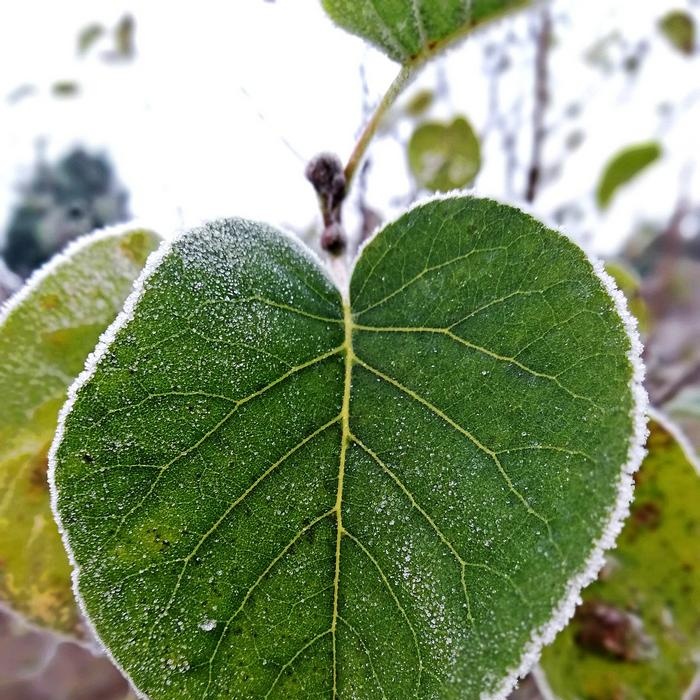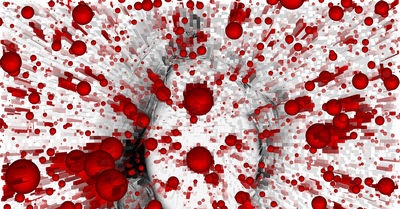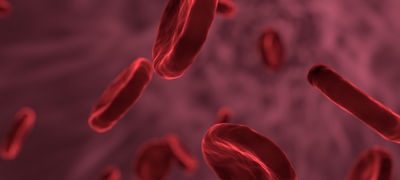Old age has nothing to do with it |
|
If science did not take a step forward, we would be forced to take this ailment for granted and helplessly throw up our hands. But, fortunately, with a deeper study of this disease, a completely different picture emerged. First of all, it was proved that atherosclerosis - a general disease associated with metabolic disorders, primarily fat metabolism, and that old age itself has nothing to do with it. With slow fat metabolism, an excessive accumulation of a special lipoid substance in the blood occurs - cholesterol... While settling on the walls, cholesterol plaques grow with connective tissue, gradually thicken. But the disease sometimes goes so far that plaques completely close the lumens of the vessels. Atherosclerosis develops slowly. A chronic, slow course can be complicated under the influence of provoking factors and lead to vasospasm and even more rapid development of coronary insufficiency, cause cardiac arrhythmias, cardiac asthma attacks, angina attacks, vascular thrombosis, myocardial infarction, and sometimes death. Angina pectoris, or, as it is more commonly called, angina pectoris, and myocardial infarction are not two different diseases, but only different stages of the same disease: “disorders of the coronary circulation due to atherosclerotic changes in the coronary arteries of the heart. Atherosclerosis should alert both the doctor and the patient. Judge for yourself, because even such seemingly innocent reasons as a hot bath, a hearty lunch, a walk in a strong headwind can lead to very unpleasant consequences.
A rapid reduction in pain under the action of nitroglycerin or validol is also a diagnostic sign. It is much more difficult to determine angina pectoris when there are fleeting pain sensations, for example, in the left arm or near the scapula, to which patients sometimes do not even pay serious attention. But even a short attack, which is accompanied by a subsequent decline in strength and mood, should not go unnoticed. There are known cases of angina attacks caused by overfilling the stomach with food, sharp flatulence, even by touching a cold object. All this must be borne in mind when it comes to preventing angina pectoris. Those exposed to it, going outside in severe frost or windy weather, should not forget to take some kind of vasodilator medicine. This allows people with both normal and high blood pressure to use it. When treating an attack of angina pectoris, first of all, the patient needs to ensure complete rest and try to relieve the pain as soon as possible. Pain alone can further exacerbate and spread the spasm of the coronary vessels. A person, suddenly seized by an attack, intuitively acts correctly: he seems to freeze in place, afraid to move, because even the slightest movement causes a new painful wave. Shapiro Ya.E. Similar publications |
| First aid in emergencies |
|---|
New recipes
 Until the end of the eighteenth century, physicians unanimously adhered to this point of view: atherosclerosis is not a general disease of the body, but only a local one - of the blood vessels. And one more thing: atherosclerosis is an inevitable disease of the elderly; aging of the organism finds expression in it.
Until the end of the eighteenth century, physicians unanimously adhered to this point of view: atherosclerosis is not a general disease of the body, but only a local one - of the blood vessels. And one more thing: atherosclerosis is an inevitable disease of the elderly; aging of the organism finds expression in it. Instead of dilating the blood vessels that supply the heart with blood, a spasm occurs, and the area of the heart muscle where the artery has failed stops receiving the nutrition it needs. This is what causes heart pain. Barely endured pain lasts several minutes. Starting behind the sternum, usually behind the upper part of it, it sometimes does not spread further, and then it is easy to confuse it with pain caused by a violation of the activity of the esophagus. True, the latter tends to “increase and decrease, while the pain in angina pectoris is of the same strength. But if she began to move to the neck, shoulders and to the wrist along the middle part of the left arm, there can be no doubt: “an attack of angina pectoris has begun. A person seized by an attack turns pale, covered with a cold sweat. While pain is felt, blood pressure rises, and the pulse is sometimes disturbed. The altered pulse is an unfavorable symptom, as it indicates the onset of focal changes in the heart muscle.
Instead of dilating the blood vessels that supply the heart with blood, a spasm occurs, and the area of the heart muscle where the artery has failed stops receiving the nutrition it needs. This is what causes heart pain. Barely endured pain lasts several minutes. Starting behind the sternum, usually behind the upper part of it, it sometimes does not spread further, and then it is easy to confuse it with pain caused by a violation of the activity of the esophagus. True, the latter tends to “increase and decrease, while the pain in angina pectoris is of the same strength. But if she began to move to the neck, shoulders and to the wrist along the middle part of the left arm, there can be no doubt: “an attack of angina pectoris has begun. A person seized by an attack turns pale, covered with a cold sweat. While pain is felt, blood pressure rises, and the pulse is sometimes disturbed. The altered pulse is an unfavorable symptom, as it indicates the onset of focal changes in the heart muscle.








